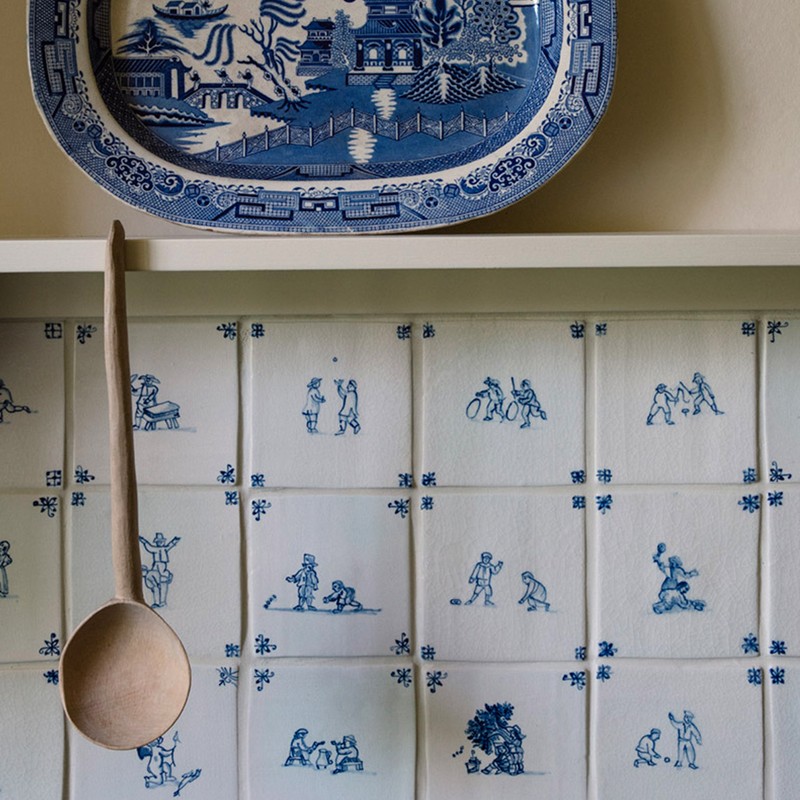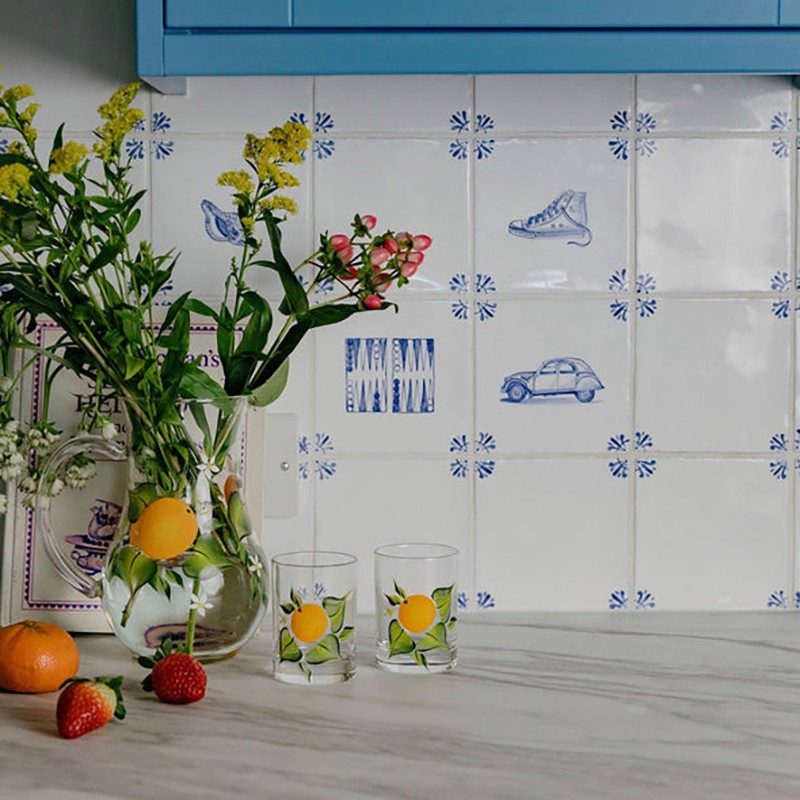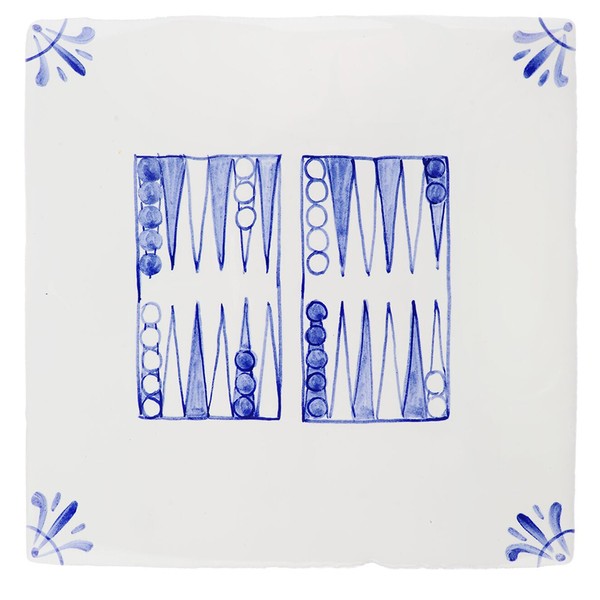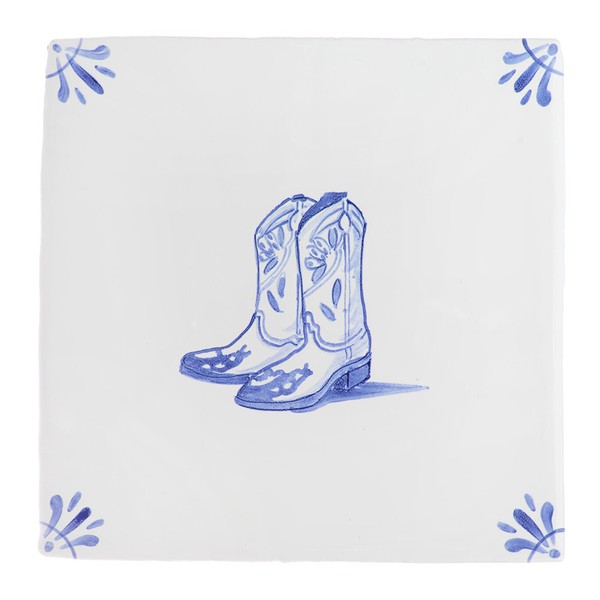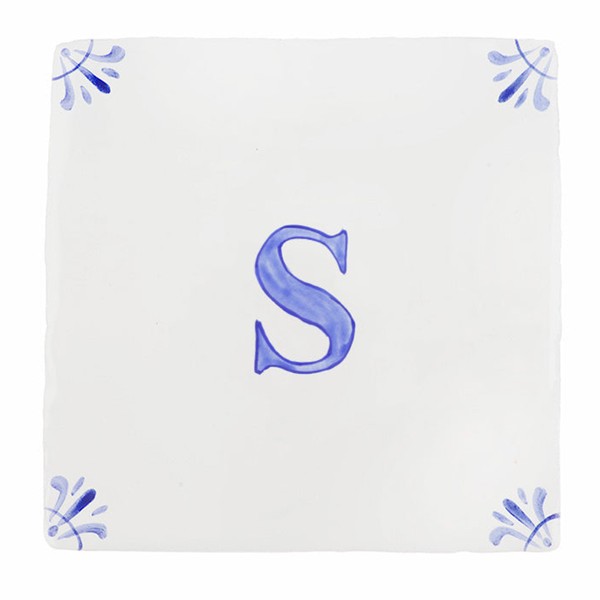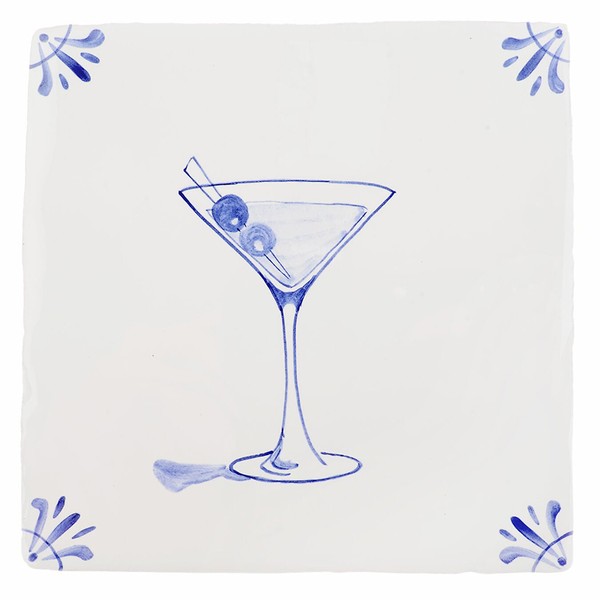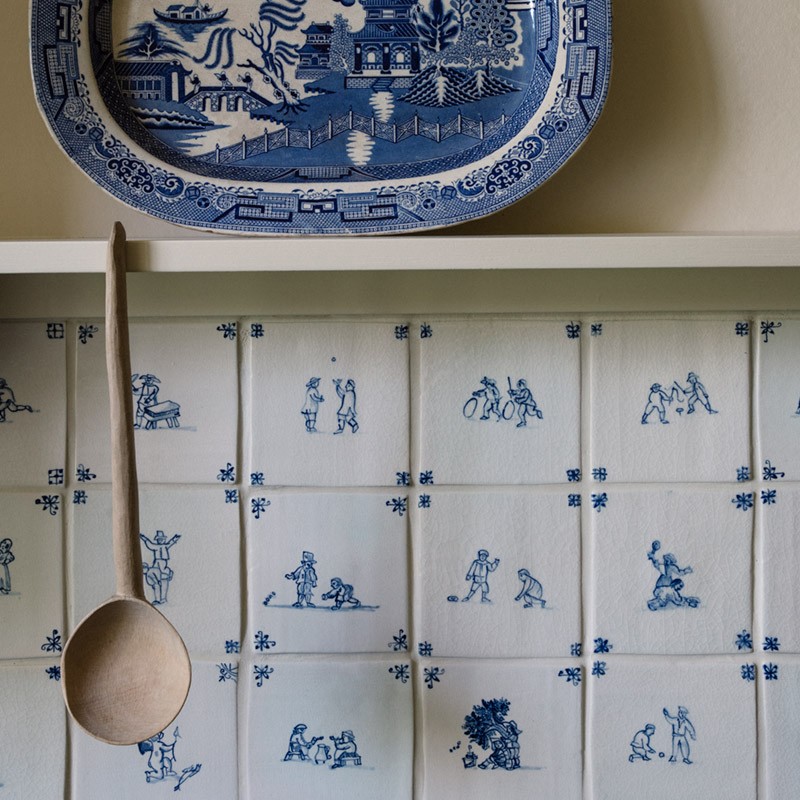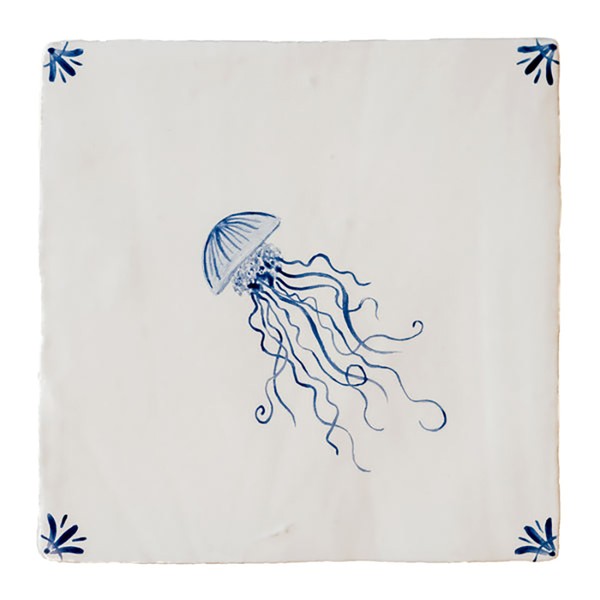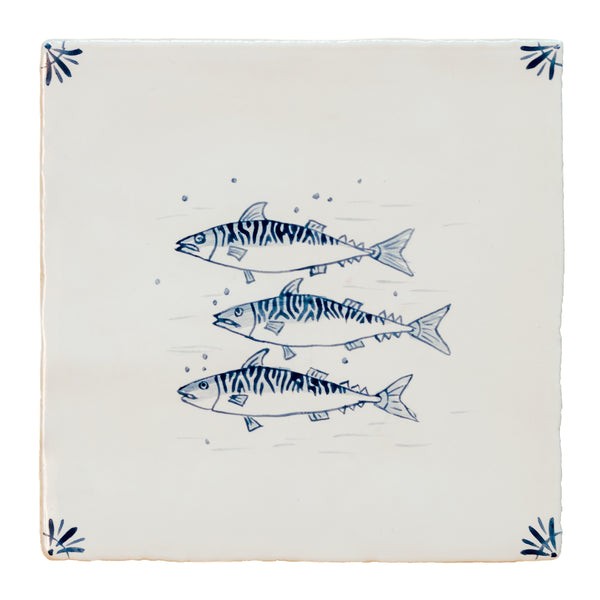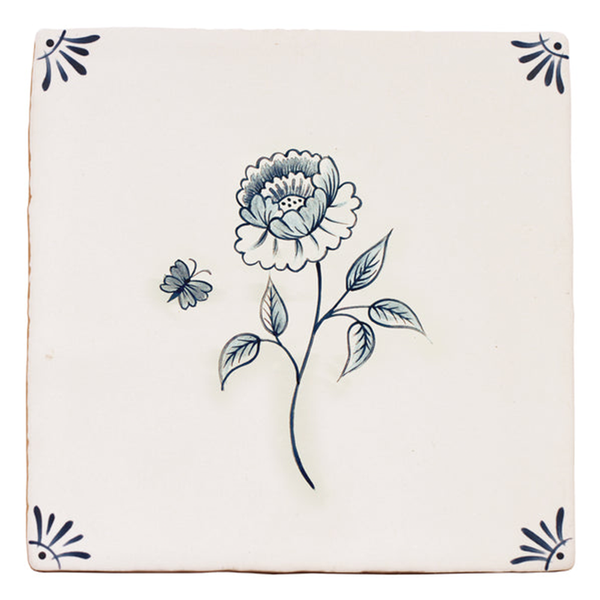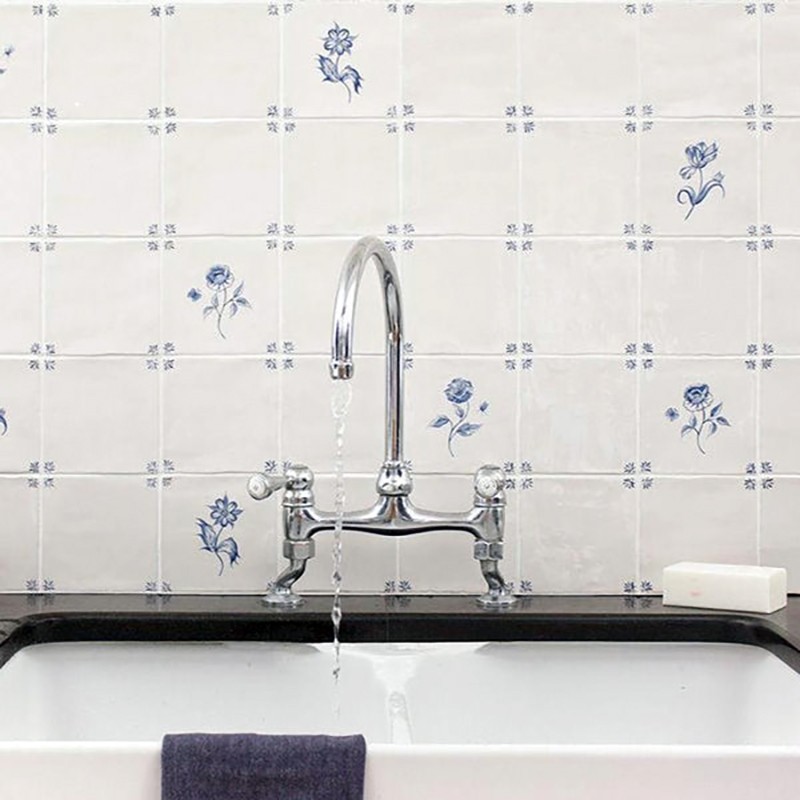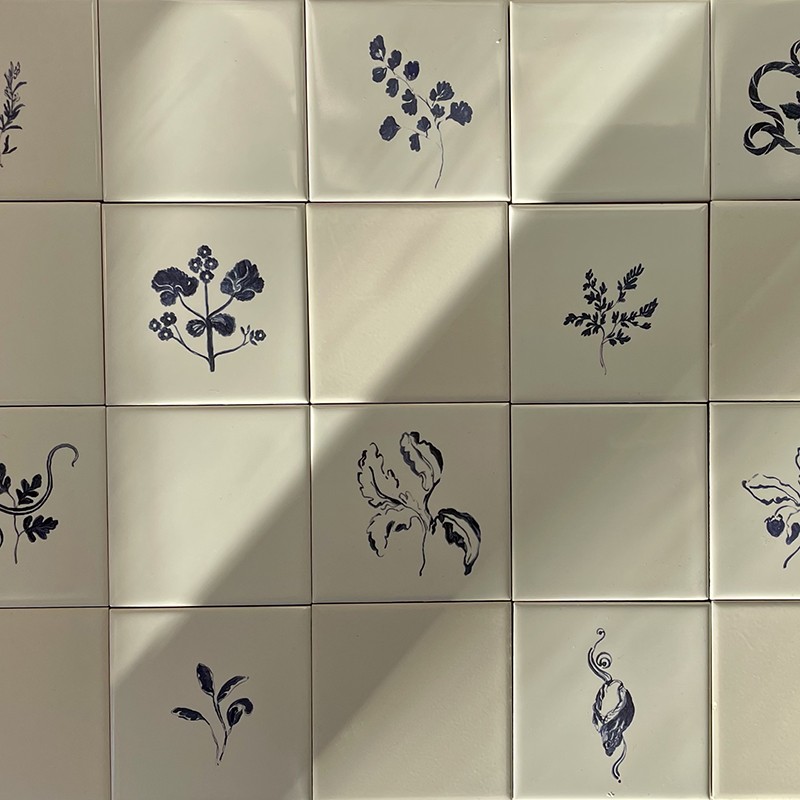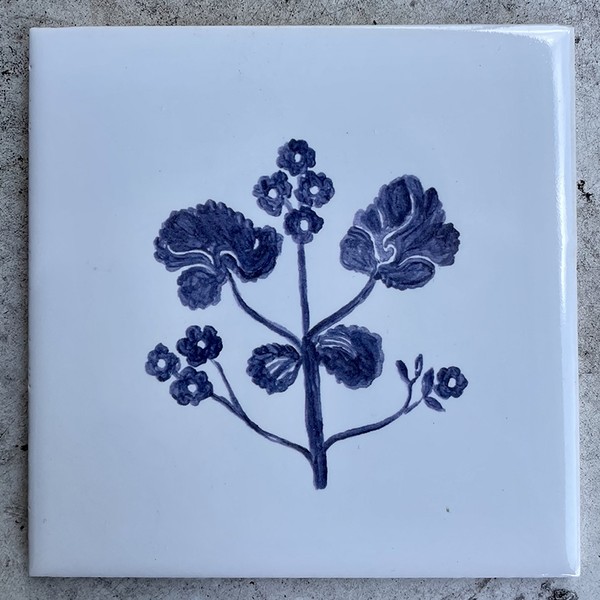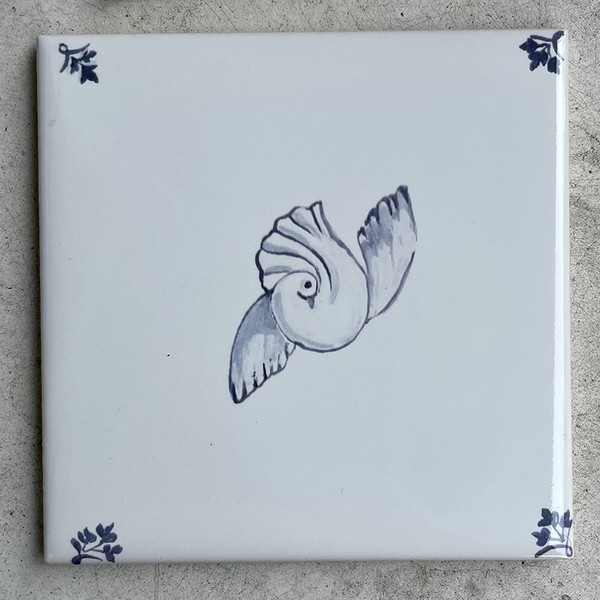Interiors Micro Trend: Delft Tiles
Tell Us About The History Of Delft Tiles…
Delft tiles were first produced in Antwerp in the 1500s as a response to Chinese blue-and-white glazed porcelain. It wasn’t until after 1540 that Delftware became a well-established industry. When potters in Antwerp fled from the Spanish Inquisition and settled in Delft, the manufacturing of Delft Blue pottery became more refined. Cities across Europe, including London, Bristol, Hanover, Rouen and other Dutch cities, were also producing this type of pottery throughout the 18th century. Around 1800, demand fell due to poor economic circumstances and the growing popularity of mass-produced English creamware, which was cheaper, stronger and superior in terms of usability. Many factories sadly closed their doors for good.
How Were They Originally Used?
They were often used around chimneypieces, to line corridors, travelling up the walls on staircases, in kitchens and as lintels.
Why Do They Appeal To You?
I’ve always loved how Delft tiles tell a story. Historically, they were often painted with scenes from Dutch life: village fêtes, windmills, people at work, children playing, men on horseback, landscapes – and with scenes from classical mythology and the Bible in there too. They’re little windows into a moment in time and each design has a different personality, charm and quality to it.
What’s Inspired Your Own Delftware Designs?
For me, I like capturing nostalgic memories that are irreverent, meaningful and fun. I’m deeply sentimental and am constantly writing down the things I think could make a nice Delft tile design. Personally, I’m not a purist so I don’t think the new ones necessarily have to follow the blue and white colour theme. I make them in green, crimson and sepia so they suit different tastes and interiors.
Where Do You Think They Work Best?
They work beautifully in bathrooms – on the backsplashes, bath surrounds and for shower tiling – and I also love them on fire surrounds, around doorways and in the kitchen, often above the cooker.
What Are Some Of Your Favourite Designs?
I designed a few when my daughter was born. There’s a moses basket and her sleeping in her cot – it’s currently above my cooker at home and they remind me of how full of love I was. I have nearly all the designs on my walls somewhere, but I really love the zodiac signs and the pug!
What Are Your Most Popular Designs With Customers?
The disco ball, the strawberries, the croissant, the gardening tools and the snail.
How Would You Expect Contemporary Homeowners To Use Delftware?
It's an interesting question because we recently launched our Delftware Collection to make the way we use these tiles broader and more interesting. For example, it includes tile-lined drinks trays, an extra-long cheeseboard, double trivets and coasters. They perhaps feel more relevant for younger homeowners. That said, if you do want to use wall tiles, they’re great for splashbacks if you can’t commit to tiling an entire kitchen or bathroom – they can be a small but impactful detail.
Visit PetraPalumbo.com
Inspired? Some Of Our Favourite Places To Buy Delft Tiles…
Ca’ Pietra
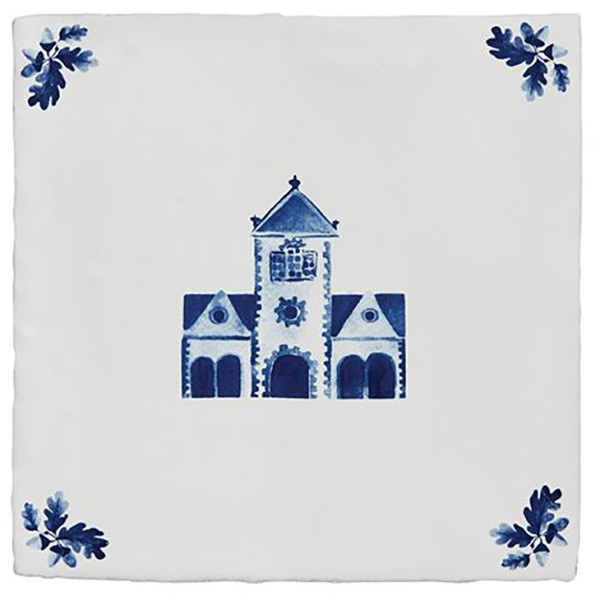



Delft By Plain English
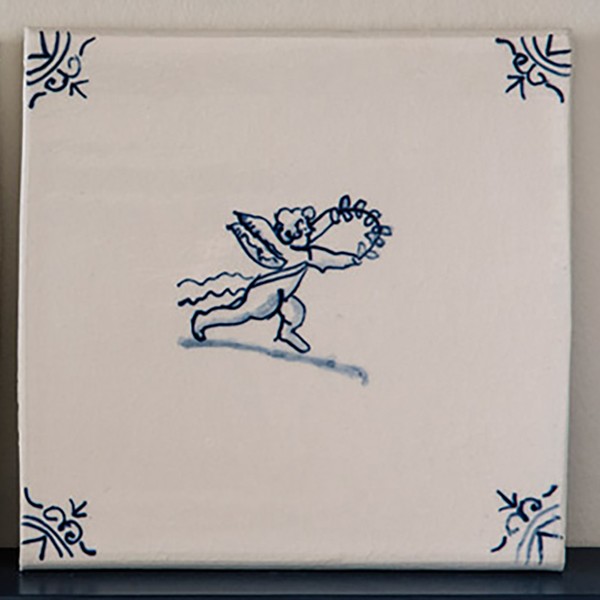
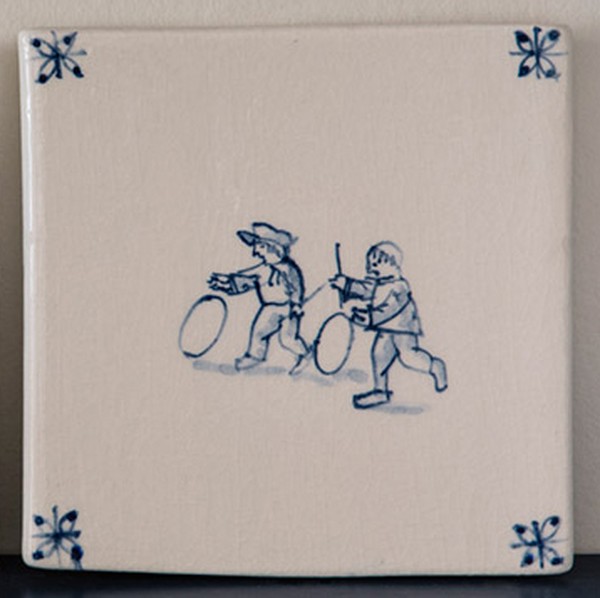
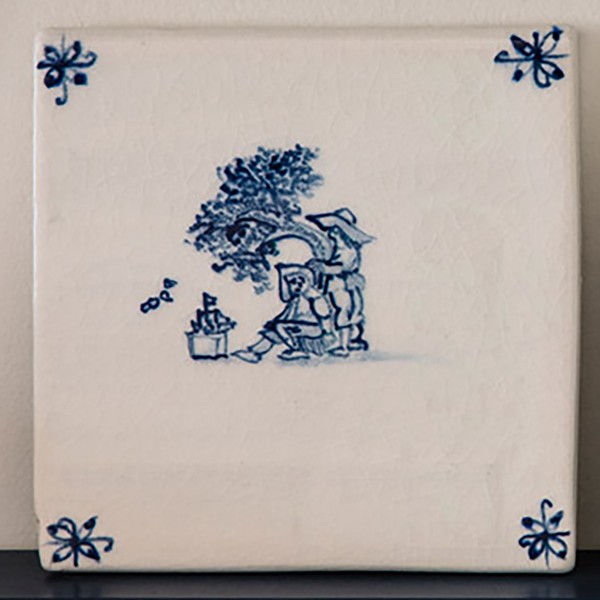
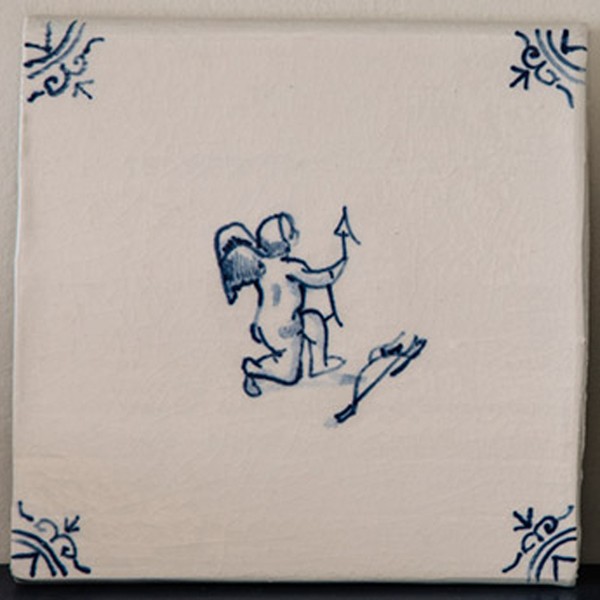
Decorum Tiles
Hattie Eavis Studio

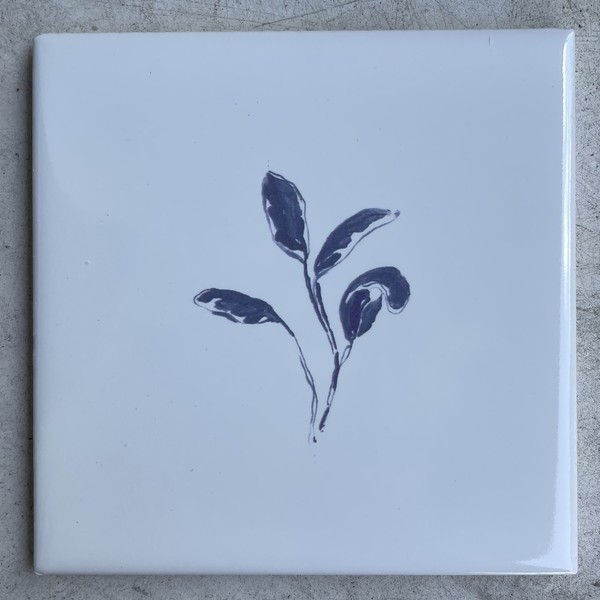
DISCLAIMER: We endeavour to always credit the correct original source of every image we use. If you think a credit may be incorrect, please contact us at info@sheerluxe.com.
